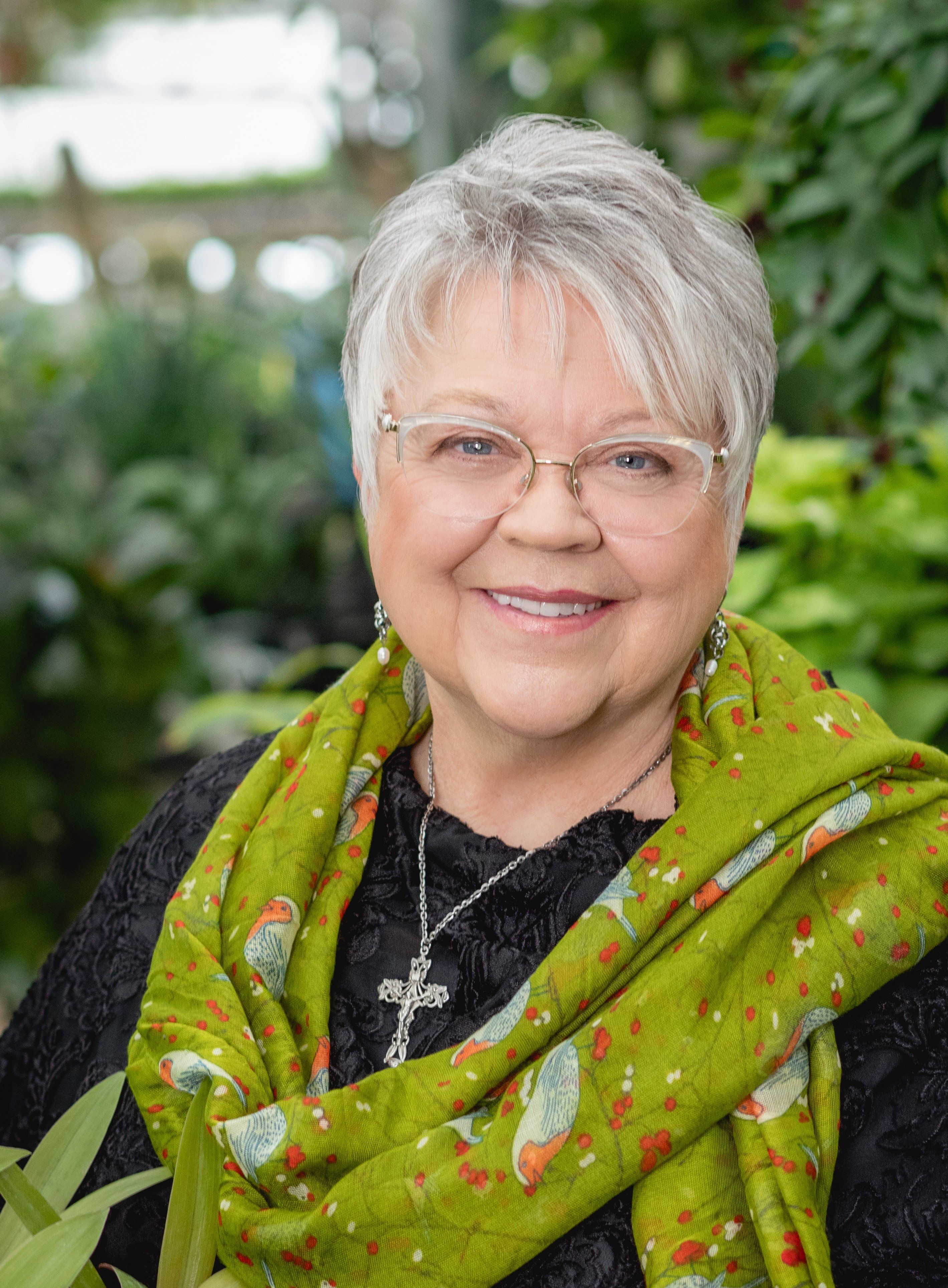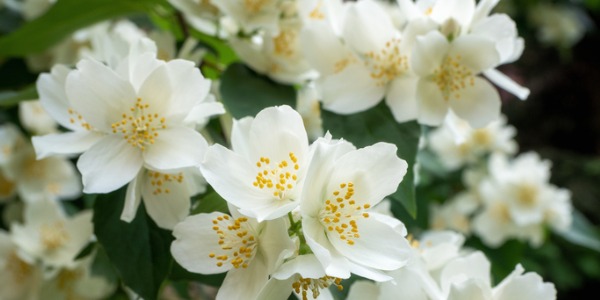
Mary Gardens; Growing Delight
Learn more about our faith | Holy lives of inspiration
Subtle in tonal values or exploding in a riot of color, creating a Mary garden is growing delight — in you, for others who visit, and with Our Holy Mother.
Those who plant a garden know the fullness of hope. We plant the seed that God made to grow, purchase the little plugs of annuals from the garden center, or buy potted perennials, shrubs, and trees. We carefully put them in the earth, water, fertilize, and expectantly wait for flower and fruitfulness.
This is not so different from the seeds of faith, is it? We too hope to bloom and bear fruit. From the seeds planted in the fertile soil of our hearts, being watered by the Holy Spirit from baptism and nourished with the Eucharist, we grow within our faith and find in our Church the development specific to our nature gifted from God.
And here, you have found an earthy gift! You can create gardens, and not just any garden but one that honors Our Blessed Mother and helps to evangelize others through its simple beauty.
You can create a Mary garden in a number of ways: selecting symbolic plants, developing a landscape design, going with a color scheme, or creating a simple container garden. Here are a few suggested garden themes reflecting apparitions and titles of Our Blessed Mother. The plants listed here are only a few of the hundreds you can choose from.
Our Lady of La Salette
Our Lady of La Salette appeared only once to two children, Maximin and Melanie, as they were tending to their sheep. She was dressed in white with a soft yellow apron, and sat with her face in her hands, crying for the conversion of sinners. Her message, as written by Saint John Paul the Great, “is a message of hope, for our hope is nourished by the intercession of her who is the Mother of mankind.” This message of hope is the theme of this year’s Museum of Family Prayer Mary Garden Contest.
Why not plant an all-white garden to Our Lady of La Salette? An all-white garden is easy to create and offers a unique feature: it shines like a beacon during the night!
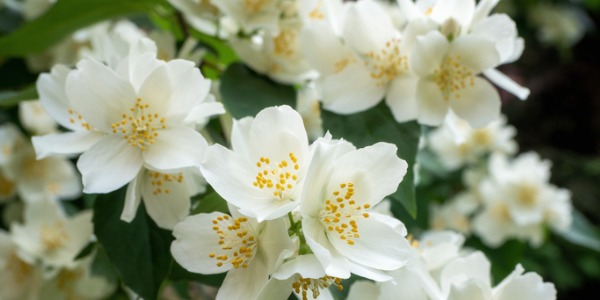
Our Lady of Hope (aka Our Lady of Hope of Pontmain)
The Franco-Prussian War had begun, and the Prussian army was advancing and not far from the town of Pontmain, where Mary appeared.
Mary’s apparition was only seen by children, and the adults who could not see her brought other children to validate what the first four declared. Our Lady of Hope did not speak to the children, but at her feet was a banner that read, “But pray, my children. God will hear you in a short time. My Son allows Himself to be moved by compassion.”
The children, and adults, prayed for her intercession to spare their beloved town and country. The Prussians’ advance was halted and a short time later a peace treaty was signed; the bishop declared that Mary had truly intervened after she appeared to the children.
Our Lady of Hope carried a red crucifix and, like the apparition of Our Lady of Guadalupe, wore a dark blue garment with gold stars.
For this Mary garden, use plants in blues and yellows with a touch of reds. We usually think of flowers when we imagine colors in our gardens. But there are other plants with colorful leaves to choose from.
A couple ornamental grasses offering gold-hued leaves are Japanese Forest Grass, Hakonechloa macra cvs., or Sweet Grass, Acorus spp. Any number of Coral Bells, Heuchera spp., with red leaves would also make a lovely addition.
If you choose to add a tree, consider a crabapple. Malus ‘Prairie Fire’ has burgundy leaves, bright crimson flowers, and gives rise to red berries that the birds love to eat.
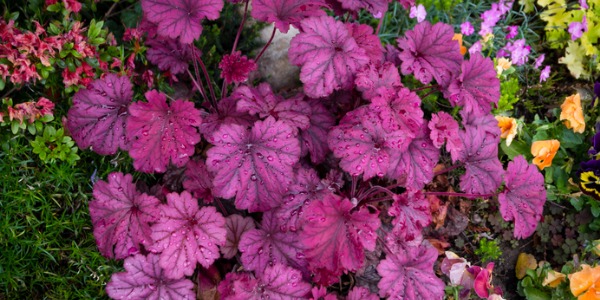
Our Lady of Guadalupe
The plant most often associated with this apparition is the large pink Castilian or Damask Rose, Rosa damascena. If you can grow this shrub rose in your area, it makes an impressive fragrant display behind a statue of Our Lady of Guadalupe.
Other plants could include those associated with the colors of the embedded image on St. Juan Diego’s tilma: warm reds, rich oranges, and vivid yellows — with a touch of blue for her cloak.
There are hundreds of yellow flowers to choose from. One you could select for its symbolism is the Strawflower or Golden Everlasting, Xerochrysum bracteatum cvs., which symbolizes a never-ending embrace and never-ending love.
Consider the deep orange Crown Imperial, Fritillaria imperialis, which represents honor and glory, or the Persian Buttercup, Ranunculus asiaticus ‘Tecolote Orange’ for radiance.
Red is another prominent color in flowering plants. You can choose any of the reds in the geranium genus, Pelargonium spp.
For a deep blue reminiscent of Our Lady of Guadalupe’s cloak, the delphinium offers an array of blues and is symbolic of a strong bond of love.
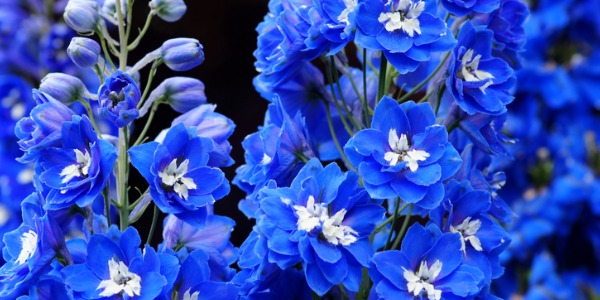
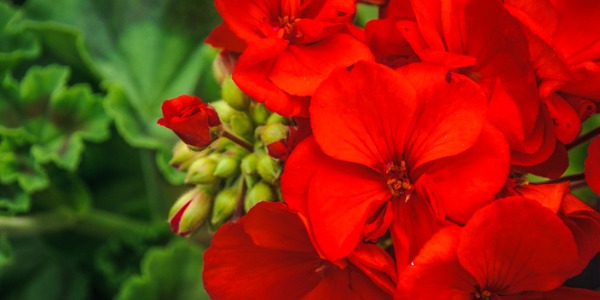
These are only three possible Marian themes. Let your inspiration for other gardens guide you.
For Our Lady of Fatima, where thousands saw the sun dance, consider gold and yellow flowers enclosed by a little white fence.
Among garden statues Our Lady of Grace and Our Lady of the Miraculous Medal are the most popular. A garden honoring the Blessed Mother with these statues, either in the landscape or a container, often uses symbolic plants, but can also follow a color scheme, such as blues and whites with a touch of yellow or pink.
With a garden dedicated to Our Lady of Sorrows, the choice of color would be predominately red and deep wine. Add a yellow flowering Iris germanica, whose leaves symbolize the swords that pierced Mary’s heart.
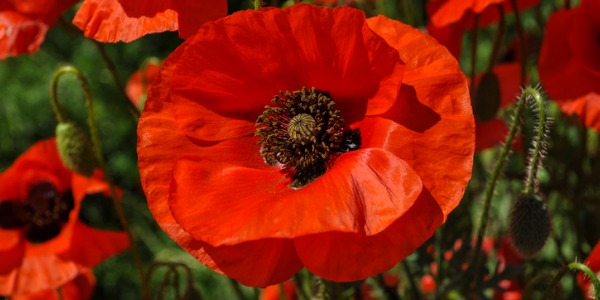
Pray to Our Blessed Mother, ask her what she would like to see in her new garden, and listen to her guidance not only for the plants but how she would like them to lead you and others to her Son.
-
Ms. Realy’s next two books on Catholic gardens, A Garden Catechism: 100 Plants in Christian Tradition and How to Grow Them, along with the companion book, A Garden Catechism Garden Journal, was released through Our Sunday Visitor in autumn 2021. Her previous three books are available in print or eBook at Amazon.com.
-
The third annual Mary Garden Contest is sponsored by the Museum of Family Prayer. Photo entries are due by July 16, 2022. Prizes will be awarded. Helpful information and inspiration will be added to the contest webpage throughout the contest.
About Margaret Rose Realy, Obl. OSB
Margaret Rose Realy, Obl. OSB lives an eremitic life and authored A Garden Catechism, A Catholic Gardener’s Spiritual Almanac, A Garden of Visible Prayer: Creating a Personal Sacred Space One Step at a Time, and Cultivating God’s Garden through Lent. An award-winning author, Margaret has a master’s degree in communications, is a Certified Greenhouse Grower, Master Gardener, liturgical garden consultant, and workshop/retreat leader.

